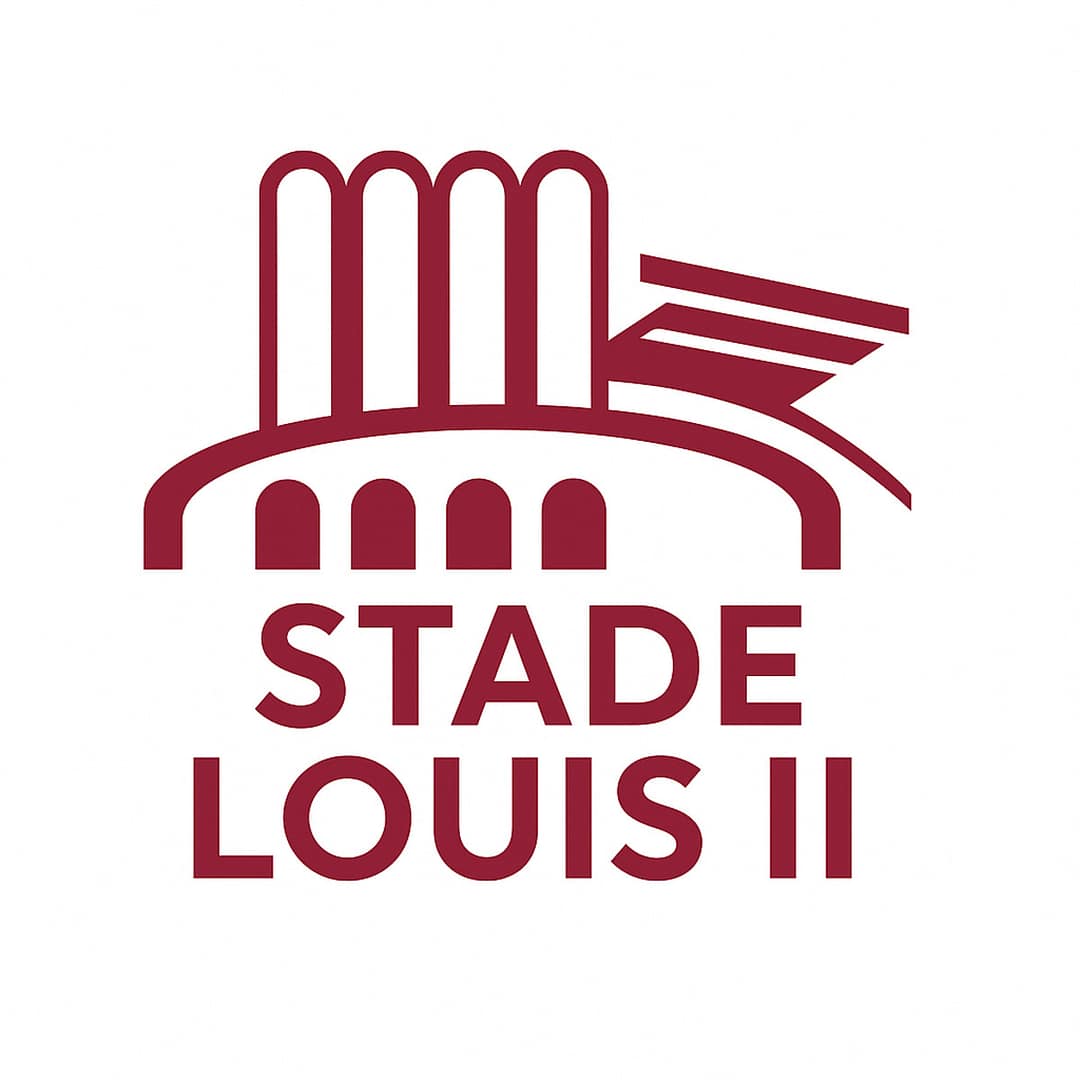
April 4, 2025

Stade Louis II, located in Monaco’s Fontvieille district, is a prominent landmark known for its distinctive architecture and versatile facilities. Inaugurated on January 25, 1985, by Prince Rainier III, the stadium has become a central hub for a variety of sporting, cultural, and community events over the past four decades.
Stade Louis II is renowned for its unique design, featuring nine arches that have become emblematic of Monaco’s skyline. The stadium encompasses a range of facilities, including:
These diverse facilities enable Stade Louis II to host a wide array of events, making it a versatile venue in the region.
Beyond sports, Stade Louis II has been a venue for various cultural and community events. Notably, in April 2025, the stadium unveiled an immersive exhibition titled “Il était une première fois” (“There Was a First Time”), celebrating its 40th anniversary. The exhibition highlighted significant “firsts” in the stadium’s history, such as the inaugural football match, first world record, and first concert, offering visitors a retrospective journey through archival materials and memories.
While primarily recognized for sports, Stade Louis II has occasionally hosted exhibitions and trade shows, including:
Stade Louis II stands as a testament to Monaco’s commitment to sports and culture. Its multifaceted facilities have accommodated a diverse range of events, from high-profile sports competitions to cultural exhibitions, solidifying its status as a central venue in the Principality. As it celebrates over 40 years of operation, Stade Louis II continues to play a pivotal role in Monaco’s vibrant event landscape, serving as both a symbol of the country’s sporting excellence and its dedication to community engagement.
Input your search keywords and press Enter.